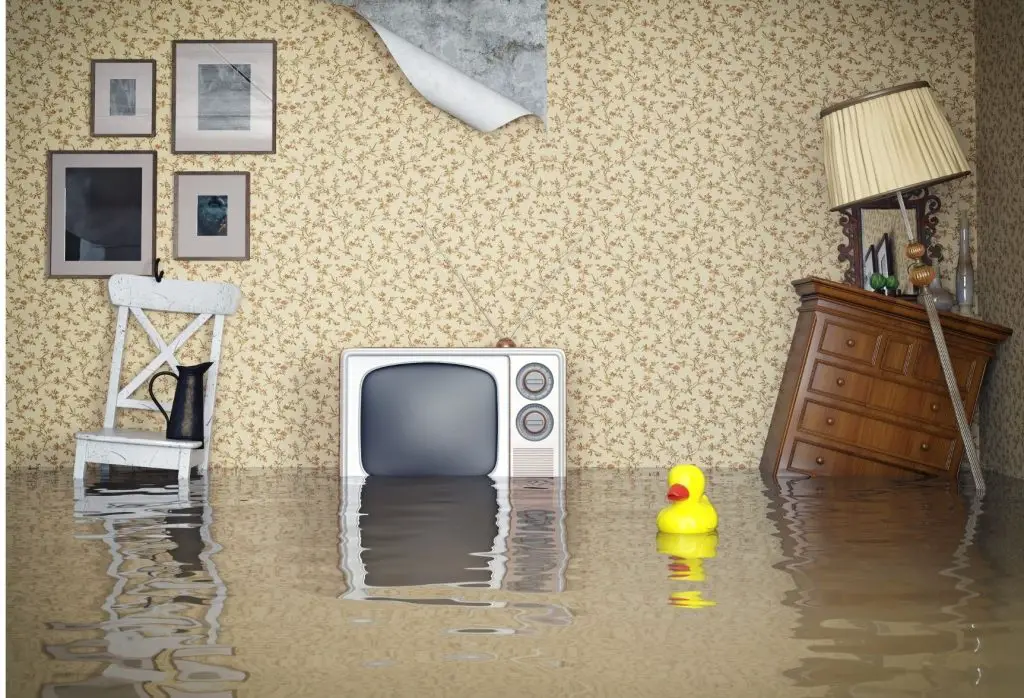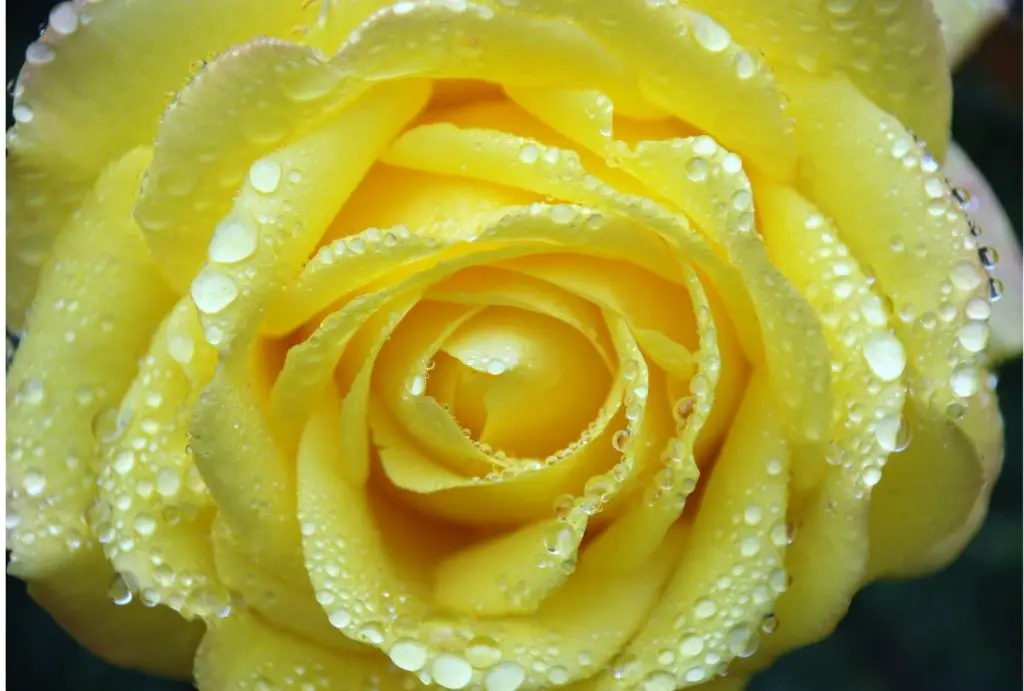The humidifier is not a cure for asthma.
But maintaining proper humidity levels in your home is very important to living with, and living well when you have asthma.
As stated in a research article listed by the National Library of Medicine, “the majority of adverse health effects caused by relative humidity would be minimized by maintaining indoor levels between 40 and 60%.”
The article goes on to say that mite populations reach their maximum size when the relative humidity is at 80%. And that most species of fungi cannot grow unless the relative humidity exceeds 60%.
Conversely, as pointed out in this article” droplets and aerosols tend to stay afloat longer and travel farther and air with lower relative humidity. Virus containing aerosols, in particular, can penetrate more deeply into the lungs to increase the possibility of transmission”
“In addition, research shows viruses have the potential to live longer on surfaces in cold environments.”
The point is that the relative humidity in your home should be maintained at a level between 40 and 60% regardless.
And depending on the season and, or the climate you live in, you may very well need a humidifier. And, or a dehumidifier.
But whether you’re in a cold or hot situation right now,
The first thing you need to know is what the humidity level is in your house.
And for that you will need a hygrometer.
Hygrometers measure the humidity and show you exactly what the relative humidity in your home is.
Or if you are already in the market for a humidifier then the first feature you’ll want to be sure to include is a built-in hygrometer.
Because how will you ever know how much humidity you need to add to make your air healthier and easier to breathe if you don’t have a way to measure it.
After you have measured the humidity and found that yes, the humidity level in your home has dropped below or risen above the health and comfortability point, then it’s time to think about a humidifier.
Humidifiers come in different types and have a different range of levels of what they are capable of achieving.
And like everything else they come with the cheap version and there are also Cadillac versions.
Fortunately there are versions of humidifiers that are built for persons with asthma directly in mind.
Humidifier for Asthma
What types of features should you rank higher than others when you are in the market for a humidifier for asthma?
1. Humidistat
The humidistat will tell you what your humidity is in your home and allow you to set your humidifier to the desired humidity level you want.
Just like a thermostat that you dial in on a heater or air conditioner, a humidistat lets you dial in exactly the percentage of humidity you want in your room.
2. Secondly, you want to choose a humidifier that is germ-free.
“Germ-free” is a term used loosely here, because there is no such thing as a humidifier that doesn’t have the potential to produce mold and bacteria if it is allowed to go unmaintained.
But there are a few technologies available that can lower the risk of a humidifier becoming contaminated, and also lower the frequency that the humidifier needs cleaned.
A few options are:
a. Ultraviolet light
Ultraviolet light inside of a humidifier works the same way as putting a UV light in a fish tank or keeping one and a sterilizing container for combs and scissors works.
A UV lamp targeted directly upon the water in your humidifier will kill 99% of the germs and bacteria in the basin.
b. Antimicrobial plastic
Antimicrobial plastic is one of the coolest advancements to come along in humidifiers. It is a type of plastic that is actually resistant to fungi and mold.
It is also a great way to reduce the chance of a humidifier becoming a problem instead of a help.
c. Antibacterial additives
You can also purchase bacteria destroying additives that can be added straight to the basin of your humidifier.
Some humidifiers come with antibacterial drop in products included.
3. Combination cool mist and warm mist
Another option that you should think about including in your humidifier purchase is the capacity of the humidifier to run as either a cool mist or a warm mist humidifier.
Having the option to either use a humidifier as a warm or cool mist is a huge advancement in humidifier technologies also.
4. Larger tank size.
Humidifiers come with different tank sizes. The tank size is what determines how long you will be able to use the humidifier without refilling.
You can get humidifiers with tank sizes that last up to 60 or even more hours.
5. Whole house humidifier
A whole house humidifier, also commonly referred to as a furnace humidifier, connects directly into your duct work.
These units have a great advantage over portable units because they can produce the right relative humidity throughout your home via your already installed HVAC.
Another great advantage is the fact that there is no basin to refill with water.
They do however pose the risk of mold growth in walls and require the proper maintenance. They also have yearly replacement parts.
Summary
If you’re an asthmatic, maintaining the proper relative humidity is more important to you.
Excessively low and high humidity has consequences for everyone, but when you’re struggling with asthma, the difference in being in a room with the proper relative humidity between 40 and 60% can mean the difference in breathing or not breathing.
Humidifiers have come pretty far with advancements. There are humidifiers available these days that monitor and keep the relative humidity in your room at the optimal spot.
There are also humidifiers that have built-in cleaning methods such as ultraviolet light and antimicrobial plastics that keep the risk of mold and asthma triggering bacteria at Bay.
Humidifiers also come with many more options such as being able to use them in either cool mode or vapor mode and they also are sold large enough to be able to use them several days without refilling.
The best option however may be placing a whole house furnace humidifier that can keep the relative humidity in your entire home at the right level at all times.

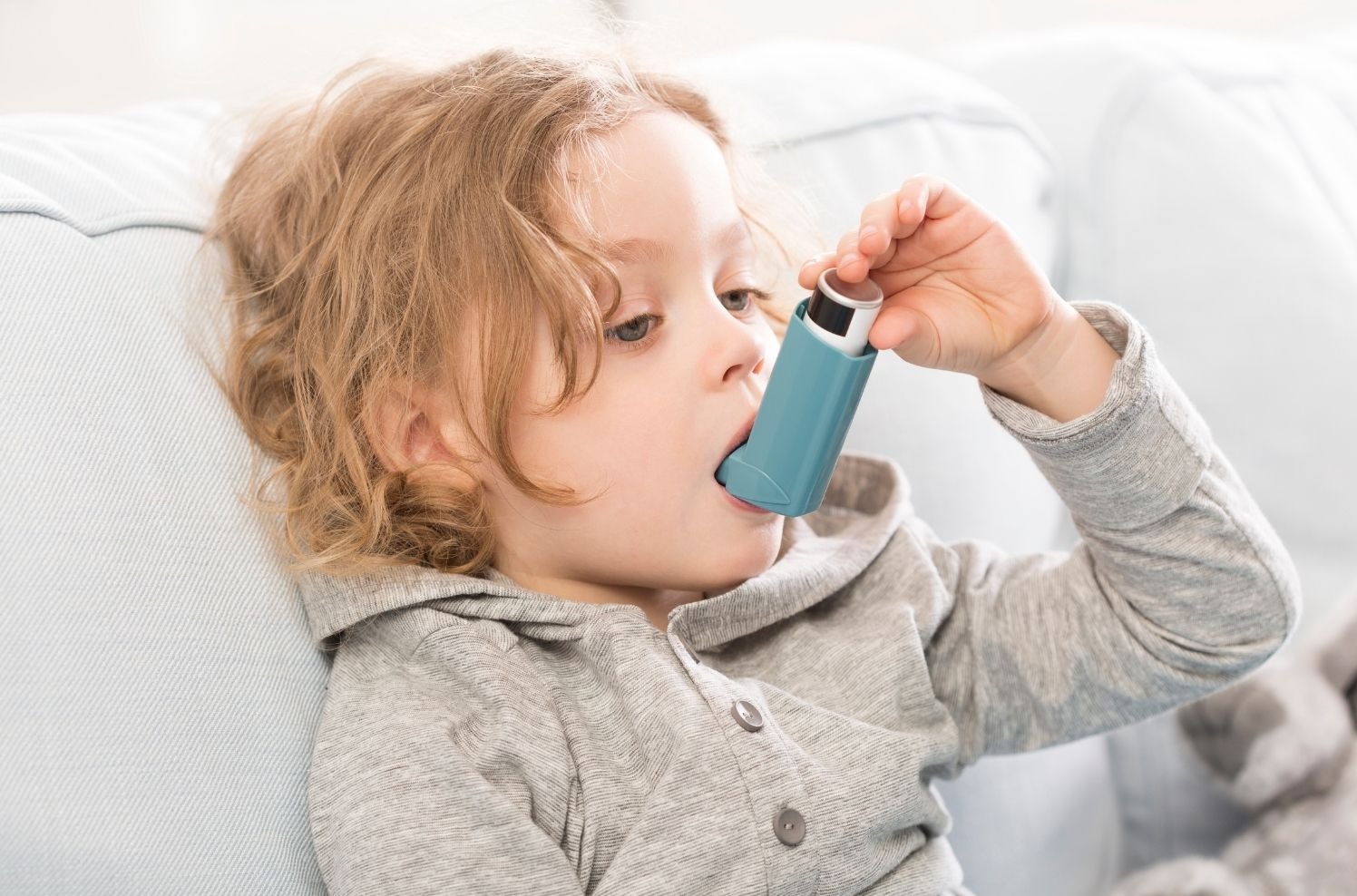
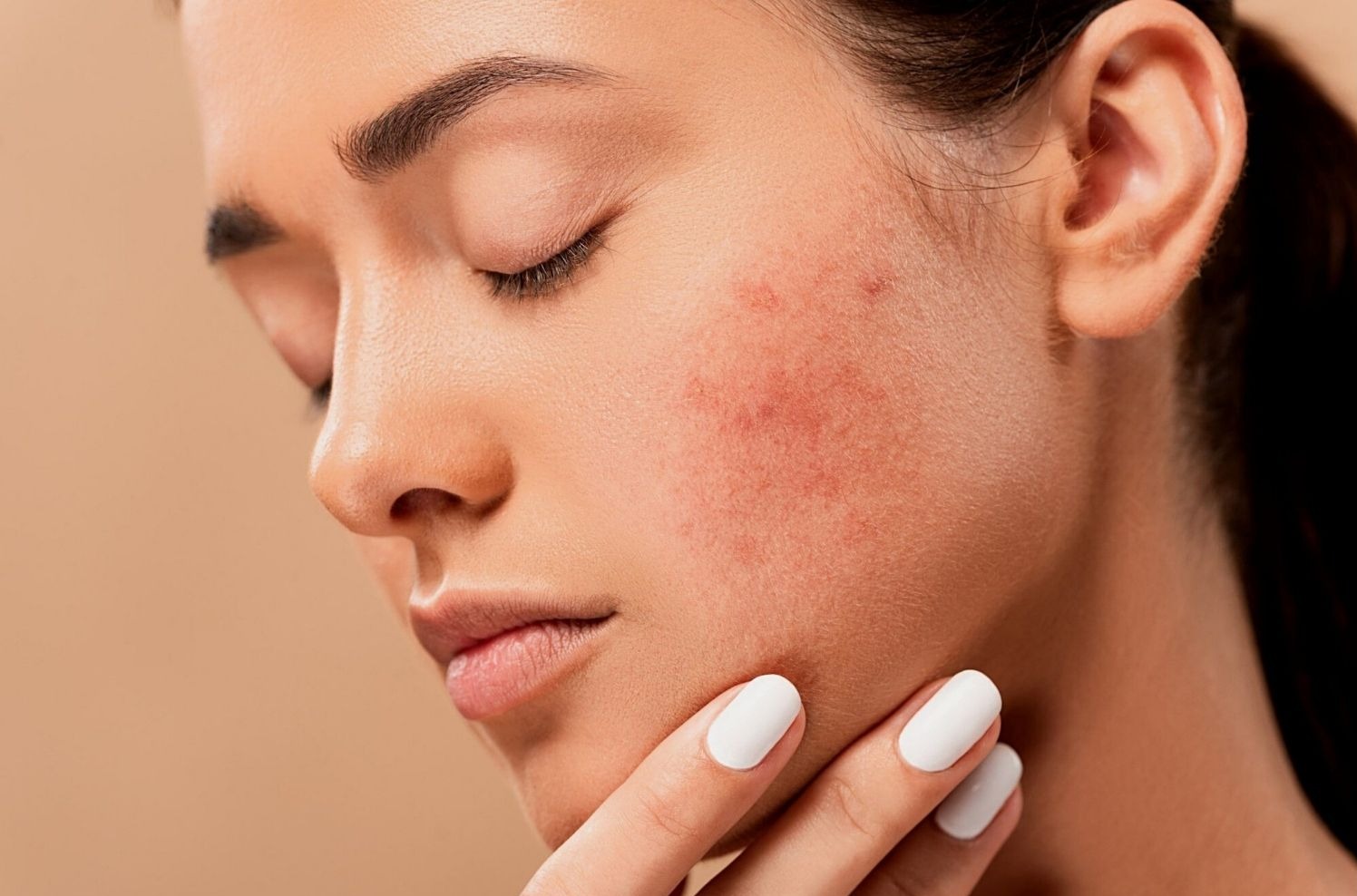



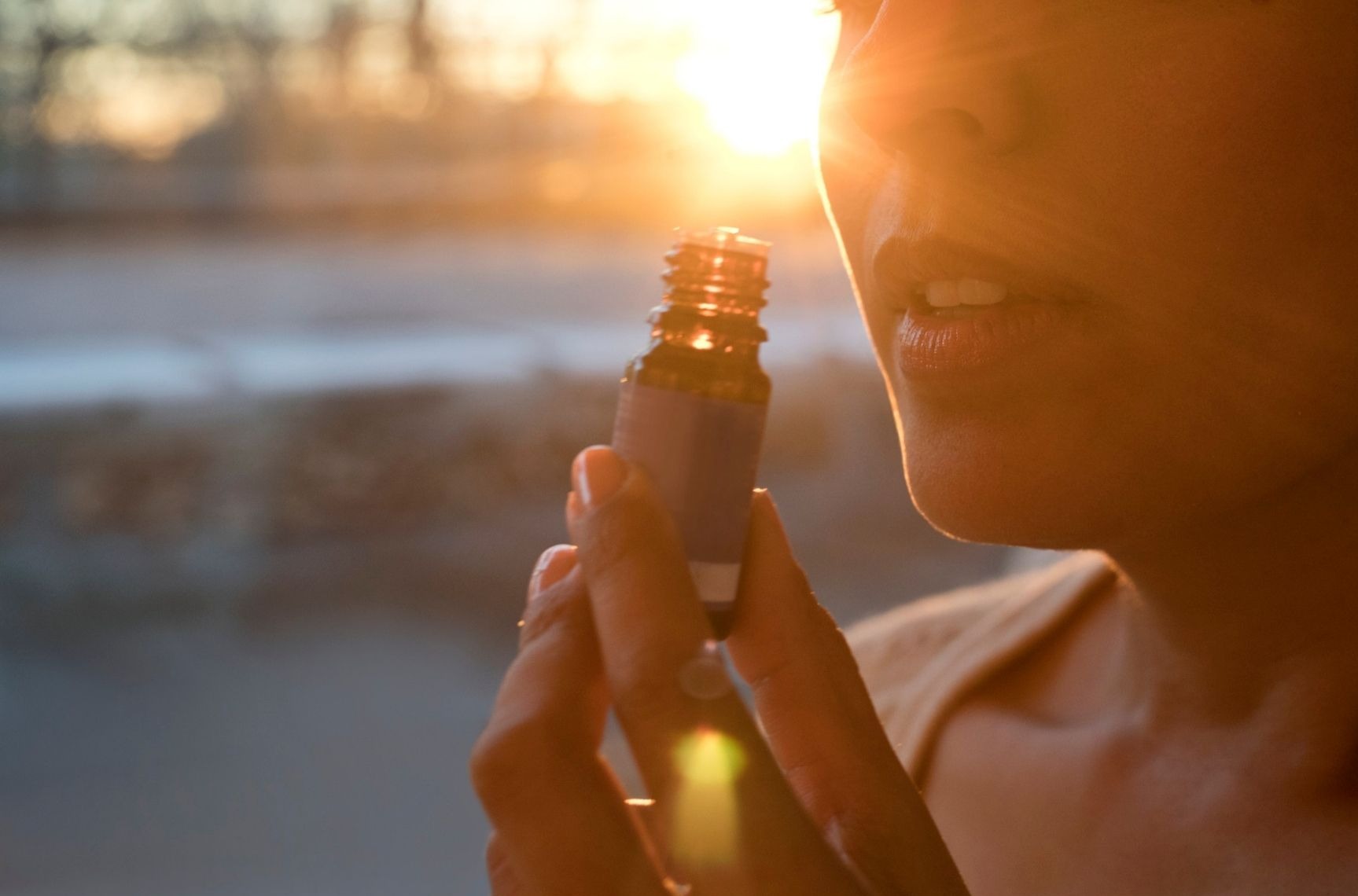

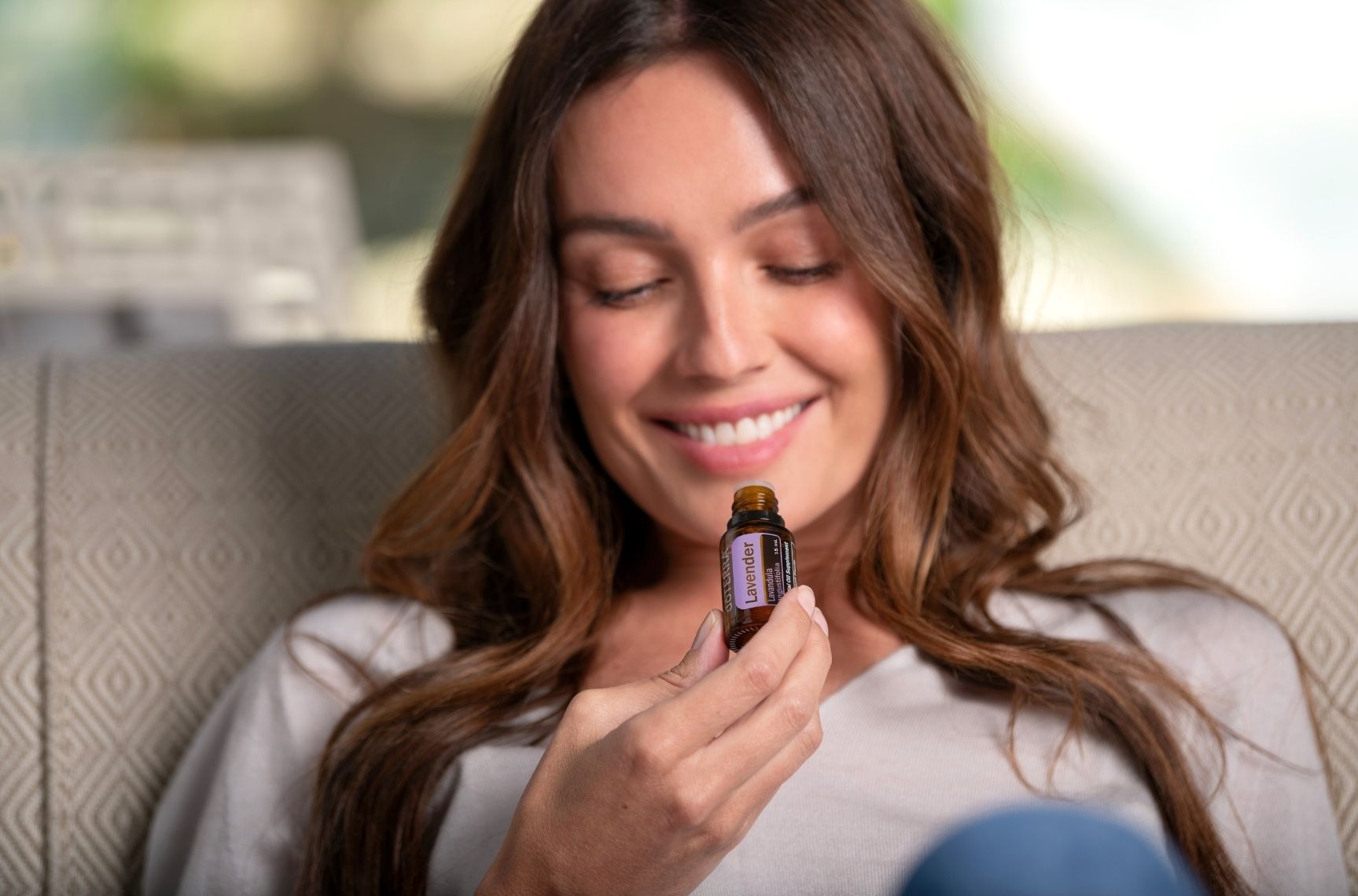 When can you not use essential oils in a humidifier?
When can you not use essential oils in a humidifier?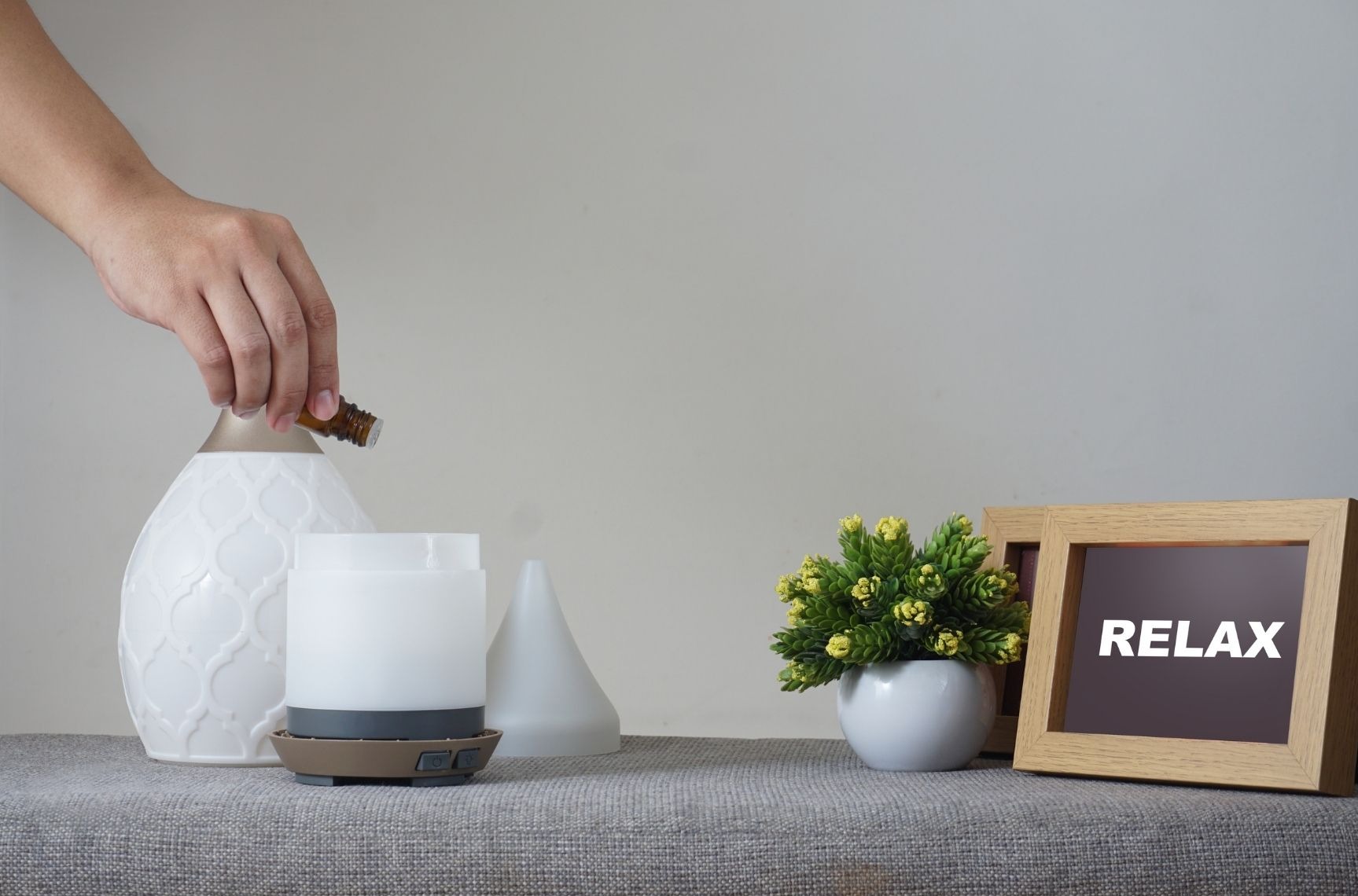 Conclusion
Conclusion
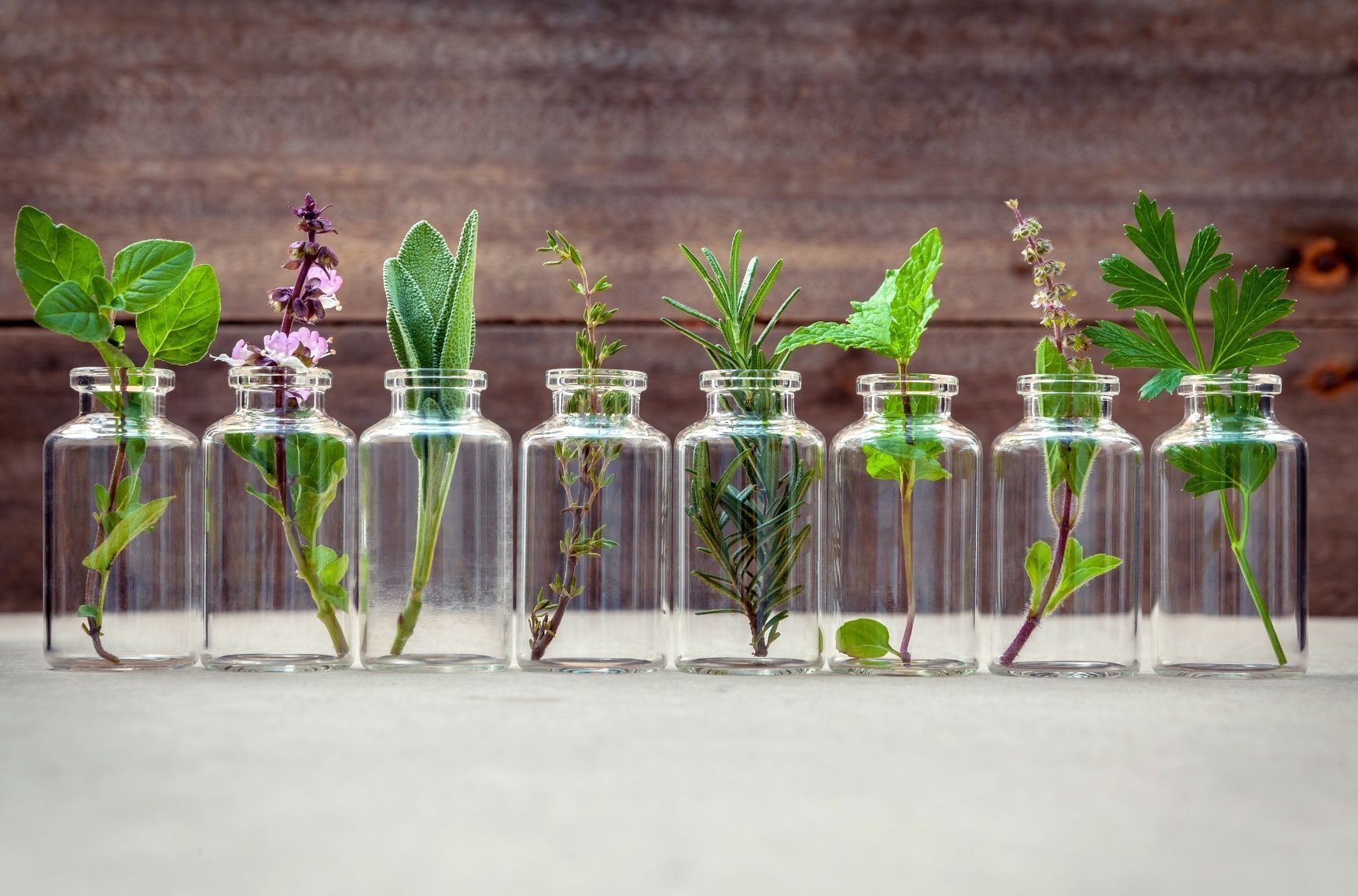 Summary
Summary


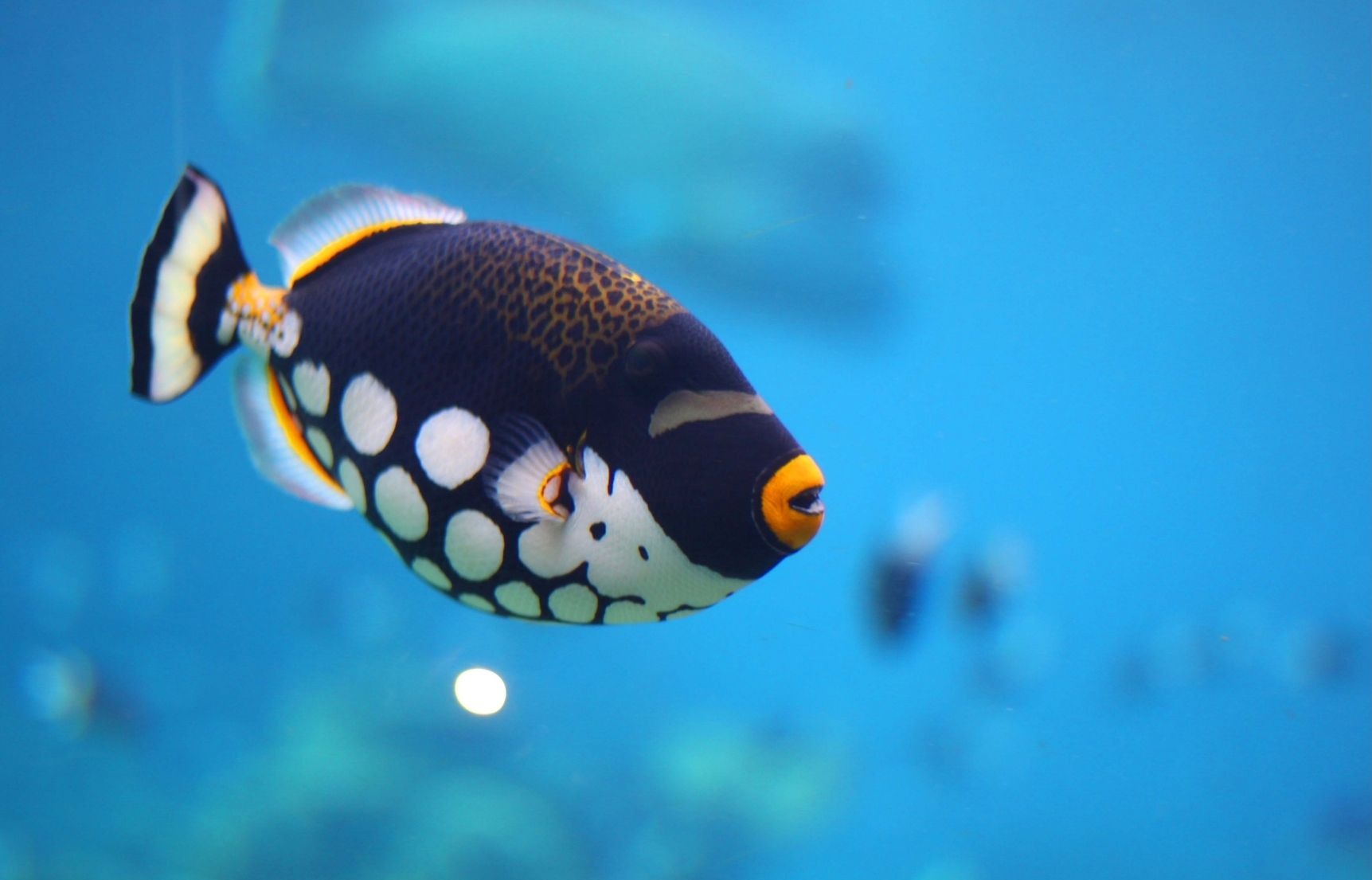






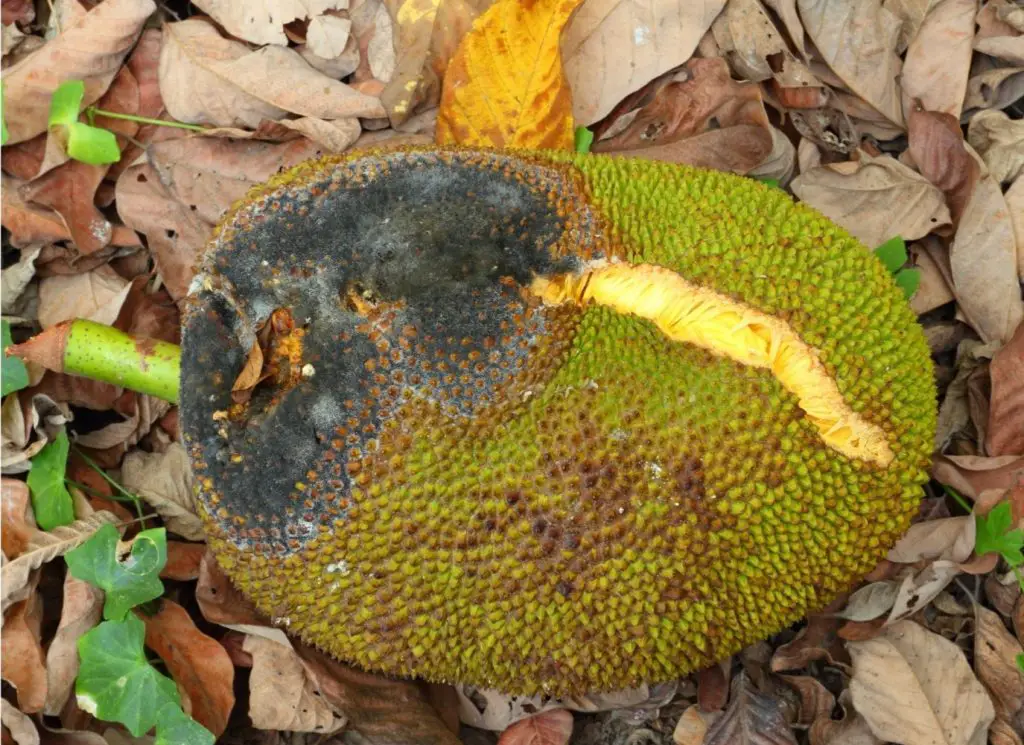
 Many modern humidifiers already take all of these situations that can occur when a humidifier is in use into account.
Many modern humidifiers already take all of these situations that can occur when a humidifier is in use into account.
